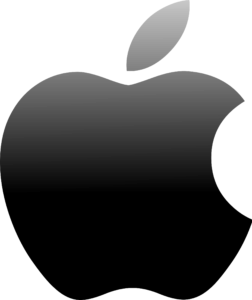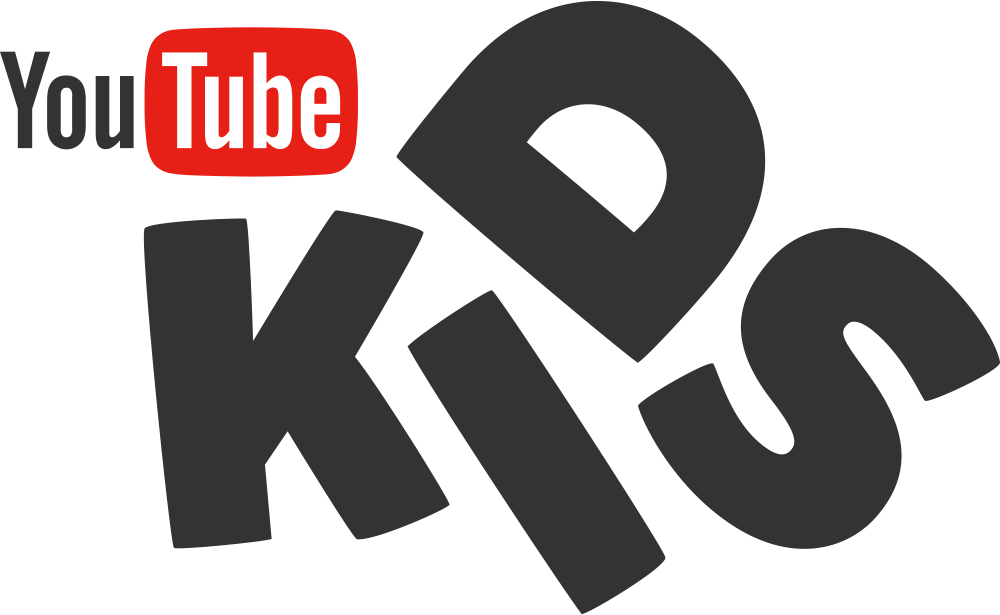Life through Pixels: Tech Companies and Their Effects on Kids
 https://flic.kr/p/7YTKXQ
https://flic.kr/p/7YTKXQ
In this decade, we look at the world through a screen. News, work, leisure, and communication have all become available at our fingertips, and it is arguably one of the most remarkable creations humanity has ever imagined. Those who were born during the booming era of devices and apps have grown accustomed to living life in front of a screen. For children, in particular, this can be seen as a problem, as growing up so reliant on technology can impair the development of essential social and practical skills. Echoing this concern, were some of Apple’s investors: in an open letter, they called for the company to take action against the growing addiction of iPhone usage among children. While the company has yet to comment on the issue, it leaves one to question if businesses have a moral responsibility to address this problem.

Two of Apple’s biggest investors, JANA Partners LLC and the California State Teacher’s Retirement System, voiced their concerns with the issue of device addiction in children. In their letter, the shareholders reference a number of research statistics involving children and adolescents; the issues involve difficulty in focusing, sleep deprivation, risks of depression, and social interactions. They emphasize that they do not wish for an all-or-nothing approach, and the letter outlines suggestions on what the investors believe should be done. These involve creating a committee of experts that would include child development experts, partnering with these experts for further research, specializing software for child-safe use and increased parental controls, ways to educate parents about these controls, and assigning an executive to monitor the progress of these steps taken.

This letter highlights the ethical question of whether or not it is the company’s responsibility to implement controls to protect the younger generation, and it extends to not only technology companies, but also media content providers. With the youth as a huge part of their consumers, media and tech companies should have a response to this pressing question. Inversely, it would also be difficult to implement controls when such a large portion of their consumer market are the youth. They are the fastest consumers of the latest devices, so companies create and improve their products based on their user experience. If the next devices contain parental controls and content limitations, it could deter this large audience from choosing their products. It then becomes a question of which audience to listen to the concerned parents or the quickly digitizing youth.

As the creators, one could argue that they do indeed have this responsibility. Dealing with the after-effects of the invention is part of creating it. In order to prevent issues like the ones highlighted in the open letter, companies need to put in place safety nets and controls in whatever they are currently creating. Consumers do not necessarily have all the power to do it themselves because the tools to needed to implement restrictions need to be put in place by the creators of the app, device, or website. A similar but arguably more extreme situation happened with YouTube and the Elsagate conspiracy. Late last year, YouTube needed to clamp down on videos that were tagged as or appeared to be kid-friendly content. The seemingly family-friendly content was playing on YouTube Kids without the knowledge of the company because they relied on the algorithm to sort the videos. What was discovered was a disturbing series of videos that were masked as kids’ content. The term “Elsagate” came from the popular use of the Elsa character from the movie Frozen to get kids to click on the videos. These appalling videos involved characters, whether animated or portrayed by actors, involved in a series of disturbing acts and storylines—ranging from gross acts with urination or faeces involved in violent sexual harassment scenarios. The comment sections of these videos also contained disturbing and predatory messages.
When the Elsagate conspiracy was discovered, advertisers started to pull their ads from YouTube, as these videos could have been monetized, and obviously, companies would not want to be associated with these videos or even support them through ad revenue. YouTube rushed to put in place more restrictions and human resources to rid of existing videos and to prevent similar situations from happening in the future. As the platform used for the disturbing Elsagate videos, YouTube took the responsibility to filter out harmful content for children. While the open letter addressed to Apple was not about an equally pressing situation, it still calls for a similar response to the youth’s use of technology. In this age, to completely isolate one’s child from the digital world would be a disservice to their ever-changing environment; it would isolate them from the reality that their peers are on the Internet and playing games together on a screen. Hence, the open letter did not call for an all-or-nothing response. Instead, kids should be given the opportunity to use technology, as there are benefits to using it. What is needed is for the companies to put in place tools to make their usage safer, even if it is at the expense of profit.

Businesses are assumed to be profit-maximizing actors, so it would be valid to also argue that it is not their responsibility to put this moral responsibility first. In a way, what they have created is a neutral tool, and it is through the consumers’ use that negative effects arise. It is then up to the parents of these kids to find ways to limit harmful content and behaviours. While it is true that parents play the most important role in protecting the children, it is not fair to leave all of the responsibility to them. They need some tools to aid the media content control or device use; without them, it would be difficult to control technology that they are not expert users on. These tools need to come from the technology developers, for they are the experts and can find the most effective and innovative ways to put in place the needed safeguards. Instead of “safe modes” or “controls” that are easily reversed, it would be more effective to have a long-term lock mechanism put in place that is controlled by the parents. This could be done remotely, from another device or account, so the administrator profile is out of the reach of the child. As the child grows older, and he or she gets more exposed to the world, then the parent can choose to loosen the limits that are put in place. With these controls, there needs to be careful, vigilant, and patient parenting. It can be easy to simply let a child entertain himself or herself alone on a device, but this has proven to open doors to harmful places on the Internet and some anti-social behaviour development. For instance, viewers flagging harmful videos for YouTube to review primarily helped solve the Elsagate, but this entails sitting down and watching whatever content one’s child is consuming together with them. The tools provided by the technology developer or media content provider only help a certain degree, so parents need to actively scan whatever the child is consuming, just like any other product.

This open letter by Apple’s investors could only be the start of a call for more responsibility and action on part of the businesses. As the digital world continues to grow and expand, there will inevitably be more issues regarding the youth’s consumption of technology and online content. Not only investors but concerned consumers could also begin to write open letters to certain companies voicing their concerns with the technology.Another letter urging for more action on part of tech companies has sent to Facebook’s CEO, Mark Zuckerberg, regarding the company’s Messenger Kids app. The authors of this letter were child development experts who urge the closing of this project because they believe that kids below the age of thirteen should not be encouraged to use social media at that age; they argue that the kids are still too young to understand the social complexities of having a social media account. As companies like YouTube begin to showcase their ability to control harmful content, there may be a growing expectation that other technology and media companies will follow suit. Ultimately, not everyone can code or build innovative gadgets, so it is up to these businesses to put in place the necessary tools to safeguard against the abuse of their product and the effects it could have on children. Without these tools, it would be difficult for the consumers to have the option to help their children. Just like these parents, the creators of new technology need to take responsibility for the effects of their creations, especially if it gravely affects others.
